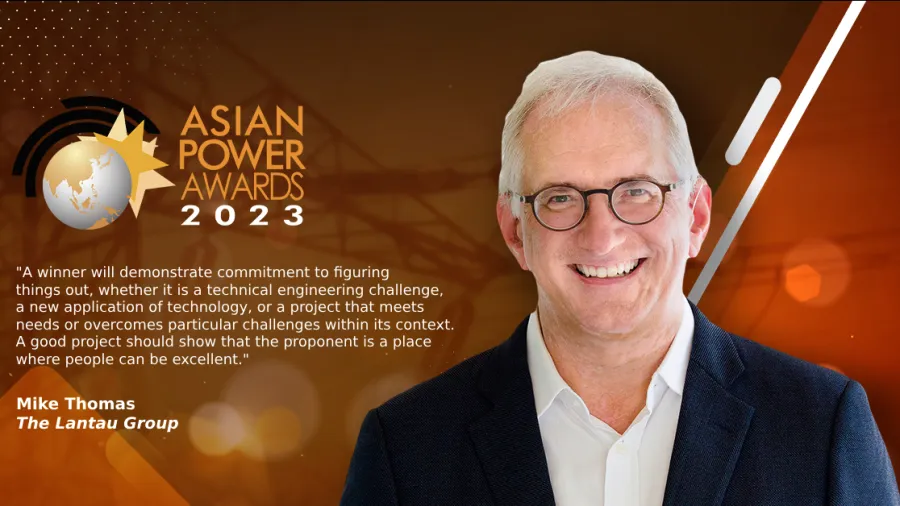
The Lantau Group's Mike Thomas advises energy stakeholders: Find an analytical partner, not one with (just) a (simple) answer
As different stakeholders collaborate to achieve sustainable energy goals, the challenges are becoming more complex; there is a growing role for robust analysis and clear frameworks to guide decisions for investors, regulators, and policy-makers.
The global energy sector is undergoing unprecedented transformation, with sustainability and innovation at the forefront of its evolution. In the dynamic Asia Pacific region, these changes are especially noteworthy as diverse economies and energy markets grapple with the complexities of sustainable energy development and market integration.
Mike Thomas, the Managing Director of The Lantau Group, brings over three decades of consulting experience in the energy sector with a focus on strategic, regulatory, and competition matters, sustainability, market design and development, and commercial transactions. His extensive background includes heading the Asia Pacific Energy & Environment practice of a global consulting firm before co-founding The Lantau Group in 2010.
Within the Asia Pacific region, Mike has led numerous pivotal engagements applying economics and analytics to address multifaceted challenges in the electricity and gas sectors. He has worked closely with multinational corporations to develop sustainability strategies tailored to diverse markets, often necessitating significant shifts in regulatory and policy frameworks. Mike's expertise extends to commercial matters, involving market forecasts and revenue simulations for both renewable and conventional energy projects across Asia.
In a recent interview, he shared invaluable insights into the current state of sustainable energy and the power sector, especially as he plays a pivotal role as a judge in the prestigious Asian Power Awards. Whilst there were many key takeaways from the interview, one particularly resonated: objective analysis for collaborative success. His perspective on this crucial aspect of collaboration underscores the need for stakeholders to work together, not just to align their interests, but to do so with a clear, objective, and analytical reference point.
The Asia Pacific region is home to diverse economies and energy markets. What are some unique characteristics or opportunities you have identified in this region, particularly in terms of sustainable energy development and market integration?
This region has challenges related to fuel supply. These have been made more disruptive with the Russian invasion of Ukraine, but the challenges nevertheless remain. Most markets depend to varying degrees on LNG, either for import or export. LNG has been expensive and the LNG sector has been evolving in terms of infrastructure, market access, pricing, and stakeholders. The shift from coal has opened up more economies to the prospect of LNG as a bridging fuel, but who wants to drive on a bridge where the toll is so expensive? At the same time, what exactly is the alternative? RE (renewable energy) is the alternative, but most markets in the region have been slow – even the faster ones – compared to what could be done. Few have market-based arrangements, and few have planning processes that are able to keep up. System security, ancillary services, and general “worry about curtailment,” and other things, all contribute to slowing down RE investment (particularly grid solar) compared to what would truly be lower costs. Take a ticket and stand in line. It’s going to be an interesting next few years as the first stage of the energy transition picks up steam.
What key challenges do you see in the Asian electricity and gas sectors today? How can these challenges be effectively addressed to ensure sustainable and efficient energy markets?
Too few countries have adopted the necessary markets and mechanisms to support more sophisticated integration and access to multiple value streams needed by batteries and other forms of flexible generation and demand. After 20 years or more of opportunities to make market-based enhancements, few Asian countries did enough. Our end-user customers who want to do more green deals get frustrated because they don’t have the same opportunities to structure solutions because there is often no market mechanism to allow third parties to bring solutions to the table. We think this will evolve, but the markets with more activity – the winners in terms of advancing opportunity and decarbonisation – will be the ones that are more sophisticated and agile than the losers.
The energy industry is undergoing significant transformations globally. In your opinion, what emerging technologies have the potential to make a significant impact in the energy sector, particularly in Asia, and how can they be better utilised to drive sustainable energy development?
In the energy world, we can now talk about all sorts of sexy things. By the way, can you even believe that it is okay to use the word sexy in a sentence concerning energy? That’s a real transformation! To me, the answer is simple, though: solar. What has happened with solar cost reductions and performance enhancements, with the speed of development, the expansion of players and stakeholders, and the role of data and information due to the profound impact solar has on energy systems, whether on the grid or on roofs – that is the driver. The impact of solar creates the market for flexible services and battery storage. Solar is the “plastic” of the movie “The Graduate,” the tip given to Dustin Hoffman. Everything else is interesting but derivative or secondary. Sorry, wind. I like you too. You are my good friend. But solar, ahhh (dramatic pause…), that’s what is driving transformation.
Collaboration and partnerships play a vital role in addressing complex energy challenges. How do you foster collaboration amongst different stakeholders, such as governments, industry players, and civil society, to achieve sustainable energy goals?
Governments need help sorting out energy policy, planning, and sifting through the mixed and sometimes conflicting and (naturally self-serving) messages of stakeholders. So much opportunity. So much noise. Sometimes you don’t want collaboration. Sometimes you need a strong, objective, deeply analytical reference point. Planning systems and running tenders, opening up markets, or creating pricing and opportunity mechanisms for multi-value-attribute technologies such as battery storage and demand response and other flexible technologies – these are lagging. If you think about it, battery storage has no value except in proportion to other needful technologies. Getting the right mix of battery storage or flexibility is directly related to the proportion of other things. You can’t necessarily have independent waves of solar, battery, wind, biofuels, etc. You need to be thinking about the mix, the location, and the way things work together. It’s not that stakeholders need to “work together,” it’s that the analysis needs to be done to guide the direction of things and that analysis needs to be done objectively, quickly, and more openly so that all the stakeholders who have solutions or problems can find ways to work together.
With your vast experience in consulting and advising energy stakeholders, what advice would you give to companies or organisations seeking to navigate the complexities of the energy industry and drive successful outcomes in today’s rapidly changing energy landscape?
Find a partner to work with, not a partner with an answer. The answers will evolve. The thinking is what matters. People should work hard to simplify complexity to reach a point of being able to communicate more clearly. But that’s different from taking a complex message about risk and making the risk go away. The risk is there. Find smart, passionate, thoughtful, and analytically-minded partners and work together a lot. Take the risk to learn new tricks and think a bit differently.
As a judge at the Asian Power Awards, what are the qualities you look for when evaluating nominees? Could you elaborate on what makes an energy project stand out?
I like the clarity of the proposals. But I also look for something interesting, a spark. Something that differentiates. Not necessarily the biggest project or even necessarily the “first,” but a good project shines through because it is special in some way. A winner will demonstrate commitment to figuring things out, whether it is a technical engineering challenge, a new application of technology, or a project that meets needs or overcomes particular challenges within its context. A good project should show that the proponent is a place where people can be excellent.
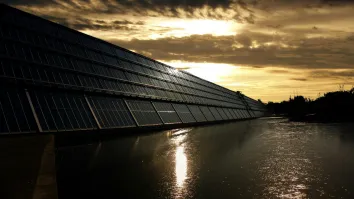

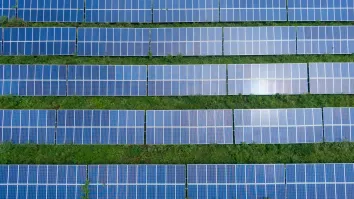
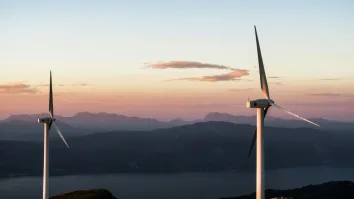



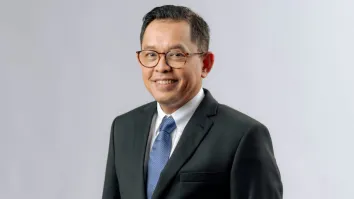









 Advertise
Advertise






